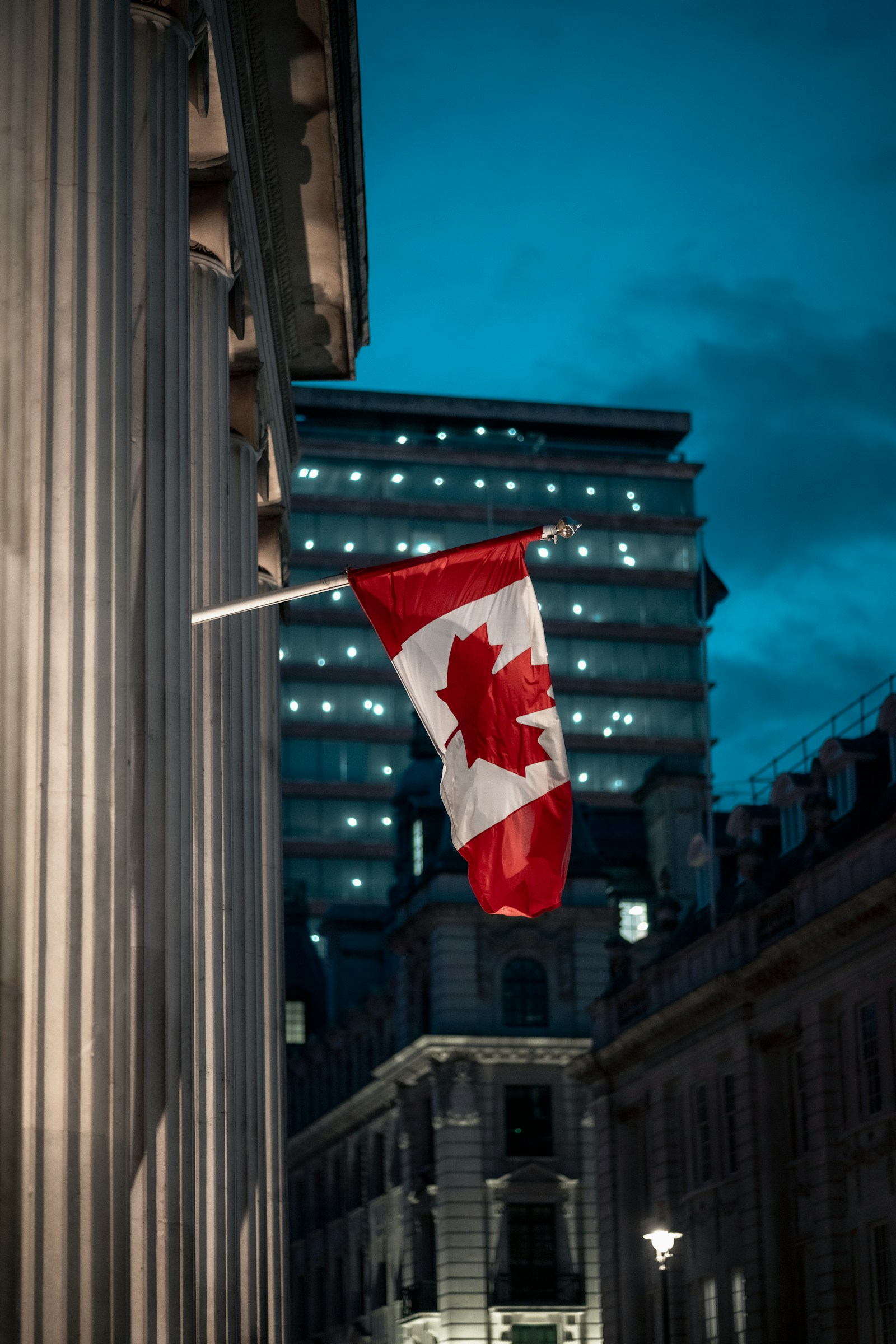Hamilton, Ontario is a tapestry of diverse neighbourhoods—each offering unique charm, history, and real estate dynamics. Home to 111 distinct neighbourhoods, the city’s market reflects a rich mosaic of fast-selling hotspots and slower areas, shaped by demand, value, and local appeal ZoloWikipedia. Powered by Zolo.ca’s markets and MLS® data updated every 15 minutes, homebuyers and sellers alike can access current listings, trends, and detailed neighbourhood comparisons Zolo.
The Fastest-Moving Markets
Zolo provides a lively snapshot of Hamilton’s “hottest” areas—those with lightning-fast sales, competitive bidding, and prices that often surge above asking:
Randall stands out with every home sold within ten days—an indicator of extraordinary demand, though surprisingly, none sold above asking price. Cootes Paradise, perched near the escarpment’s edge, not only boasts fast turnover but also strong bidding wars—67% of homes fetched above asking, with prices averaging around $1 million. Fruitland, Buchanan, and Berrisfield follow closely behind in both speed and bidding competitiveness Zolo.
The Slowest-Moving Markets
On the other end of the spectrum are neighbourhoods where homes linger longer and bidding activity is muted:
Freelton (rank #94 of 111): 0% sold under 10 days, 0% above asking; avg price $623K, 13 active listings
Southam (rank #101): same slow movement, avg price $481K
Gilkson, Stinson, and Pleasant View round out the slower tiers—notably Pleasant View averages $840K despite lackluster demand Zolo.
What Makes Some Neighbourhoods Hottest?
Scarcity + Appeal: Randall’s swift sales suggest low inventory paired with buyer attraction.
Proximity to Nature: Cootes Paradise, nestled near conservation lands, commands premium pricing and quick sales.
Suburban Growth: Fruitland and Buchanan, in eastern Hamilton, likely benefit from expanding commuter demand and newer housing.
Heritage Charm: Berrisfield’s unique mid-century homes and proximity to recreation may also heighten competition.
Broader Market Trends
Hamilton's real estate market is not immune to regional shifts. As of July 2025:
Average home price: $767,654—a 2.3% year-over-year decline, and a sharp 6.6% drop from the previous month.
MLS benchmark price: $763,700, down 9.5% year-over-year WOWA.
This points to a cooling period for the city overall—and while some neighbourhoods remain strong, others may face softening demand or price pressures.
Real Neighbourhood Highlights
Zolo’s data also shines a light on specific neighbourhoods, offering insights beyond sales metrics:
Westdale (Mountain-area gem):
Average home: $1,264,000—26% above city average
Townhouse: $2.55M
Homes sell fast—within about 13 days, with 25% above asking
Ranks #6 citywide among 112 neighbourhoods Zolo.
Fessenden:
Townhouse average listing: $524,000
Nearby: Gurnett ($930K avg), Gilkson ($721K avg)
Homeowner share: ~94%, renters ~6% with mortgage vs rent roughly equal ($2,600 vs $2,700/month) Zolo.
Balfour:
Median mortgage ~$2,500/month vs rents ~$2,200
Nearby values range from $674K to $1.04M Zolo.
Hamilton Beach:
Townhouse average: $1.155M (range $599K to $3.3M)
Inventory: 45 homes (91 days average on market), selling at 95.7% of listing price Zolo.
Rural Flamborough:
Dramatically higher values: Greensville avg $2.676M, Freelton $1.151M
Homeowner rate ~94%; mortgage ~$9,800/month vs rent ~$3,300/month Zolo.
A Rich Historical Context
According to Wikipedia’s neighbourhood breakdown, Hamilton’s urban geography reflects both history and identity:
Lower City area includes Central, Beasley, Durand (noted for its early-20th century mansions and industrialist heritage), and others like Corktown and Stinson Wikipedia.
Mountain (Escarpment) communities include Balfour, Buchanan, Fessenden, Berrisfield, and others—each with unique namesakes and evolving character Wikipedia.
What This Means for Buyers, Sellers & Investors
For Buyers:
Target hot neighbourhoods like Cootes Paradise or Randall for fast acquisitions—but be ready for competition, especially in bidding wars.
Westdale offers prestige and stability, albeit at premium prices.
Areas like Fessenden and Hamilton Beach may offer more balanced mortgage/rent levels and moderate turnover—ideal for longer search windows.
Rural Flamborough appeals to luxury-market buyers seeking acreage or high-end homes.
For Sellers:
Consider staging aggressively in hot zones, where speed and bidding leverage can yield top dollar.
In cooler markets (e.g., Freelton), pricing strategically and enhancing curb appeal become crucial to attract buyers.
Westdale sellers benefit from strong median prices and quick turnover, especially above-market listing.
For Investors:
Emerging neighbourhoods, such as those in Mountain or Eastend, offer value growth potential with urban expansion.
Westdale and Cootes Paradise may deliver stable returns but at high entry costs.
Rural Flamborough provides luxury-tier opportunities, possibly for rentals or long-term holds, but requires deep pockets and patience.
Final Thoughts
Hamilton’s real estate landscape is as dynamic as the city itself. From suburban growth in snapshots like Fruitland to historic prestige in Durand and Westdale, your neighbourhood choice hinges on goals: speed, heritage, affordability, or long-term investment.
Whether you’re a buyer eyeing a quick-turn home, a seller wanting top dollar, or an investor scanning growth hotspots—Hamilton’s 111 neighbourhoods offer a wealth of real estate stories worth telling. Keep tapping into platforms like Zolo.ca for up-to-the-minute insights and neighbourhood trends, and let the city’s diverse urban tapestry guide your next move.












